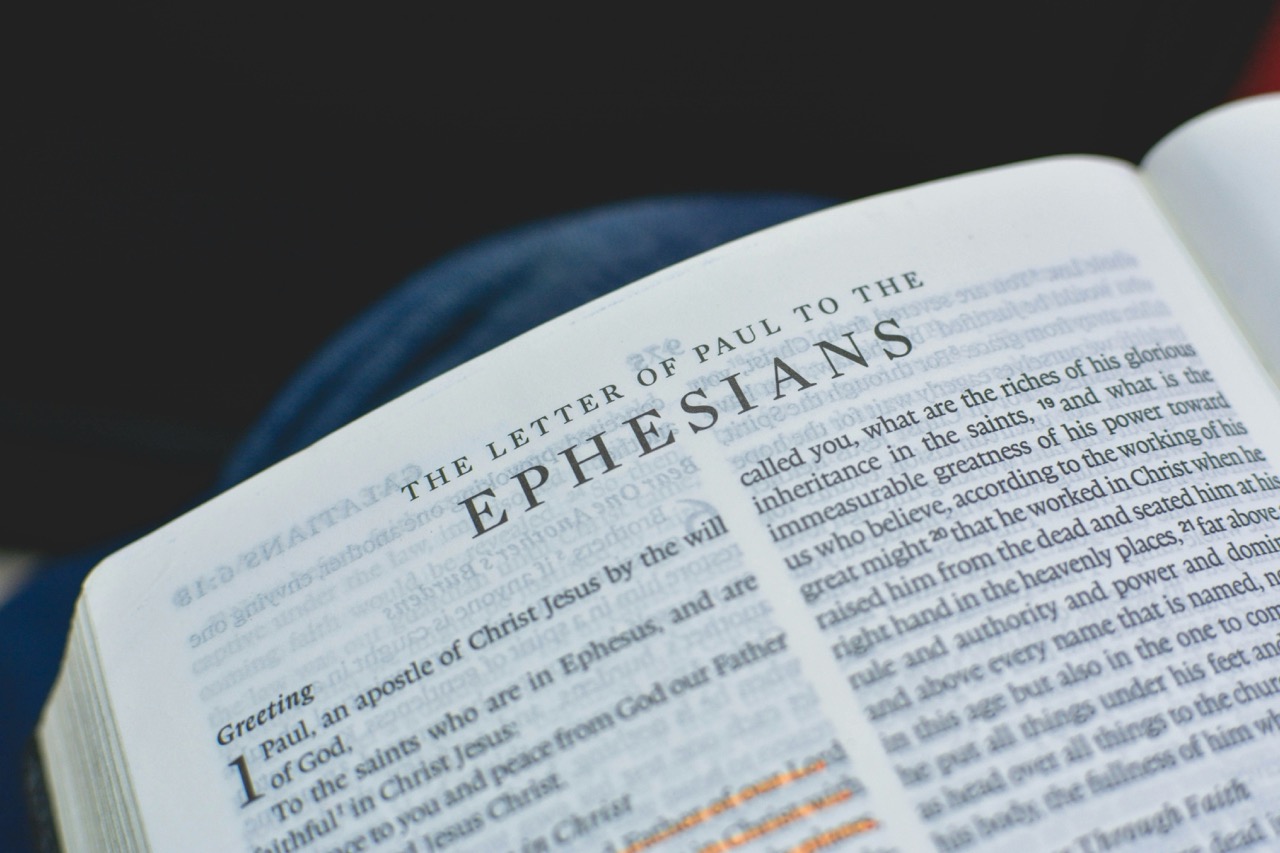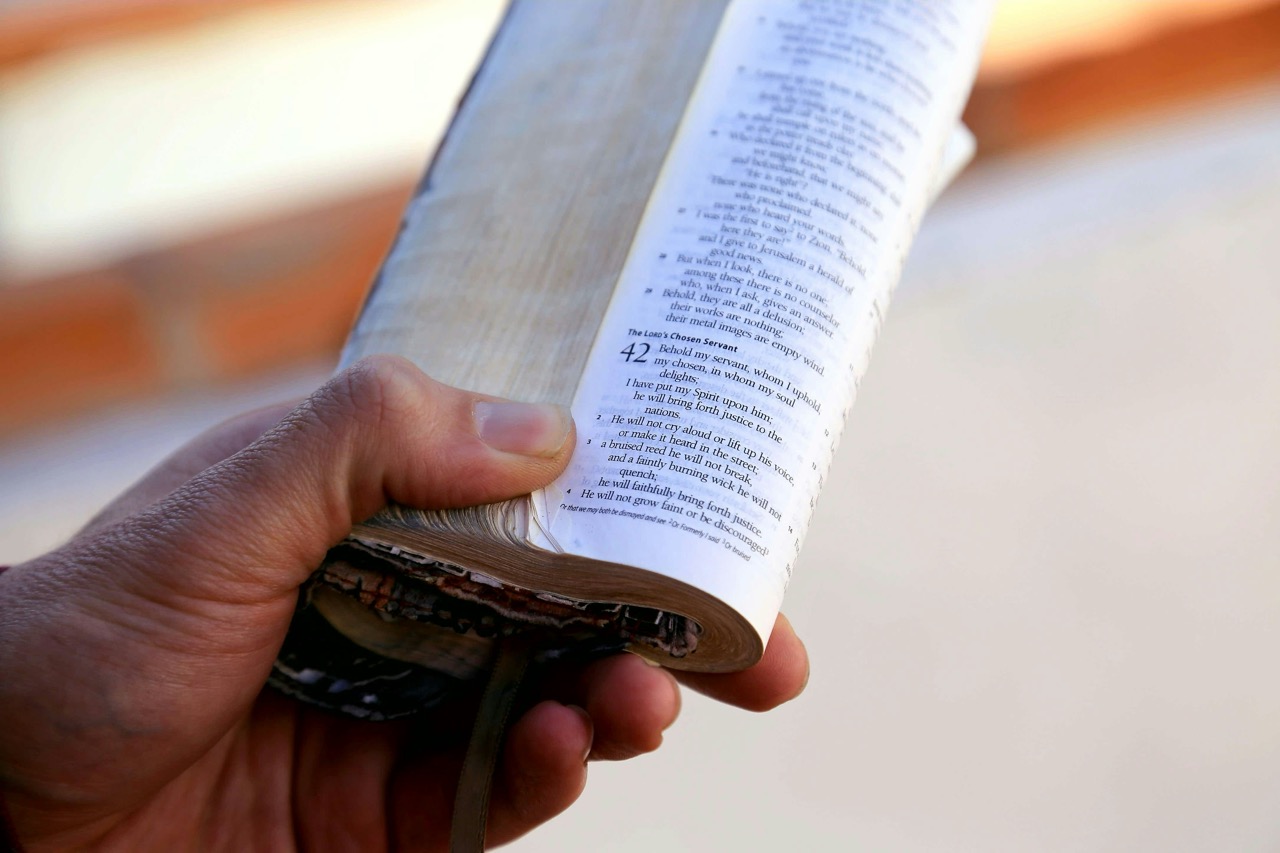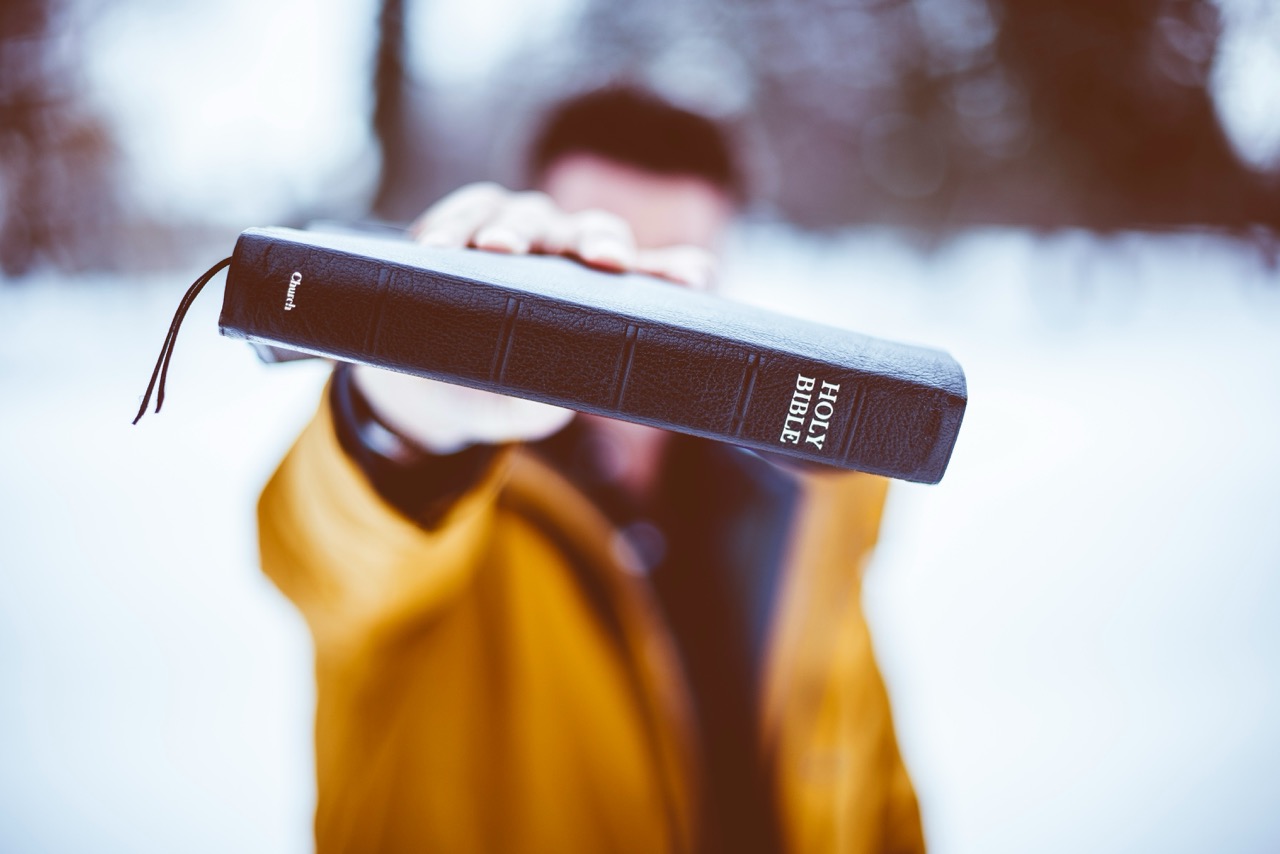The Connection Between Genesis and Revelation

The Bible, revered by millions as sacred scripture, spans a historical and theological spectrum from Genesis to Revelation. While Genesis recounts the origins of the world and humanity, Revelation offers a vision of the end times and the fulfillment of God’s promises. The connection between these two books is profound; they are intricately woven together, illustrating themes of creation, symbolism, and redemption. This article explores the thematic parallels, the role of creation and its eschatological implications, the symbolism that links the beginning and the end, and the overarching narrative of redemption that traverses from Genesis to Revelation.
Exploring Thematic Parallels Between Genesis and Revelation
Thematic parallels between Genesis and Revelation can be observed through their shared motifs, such as creation, fall, judgment, and restoration. Genesis introduces the concept of a perfect creation marred by human fallibility through the disobedience of Adam and Eve, which leads to sin entering the world. This initial act of rebellion sets a precedent for humanity’s ongoing struggle with sin. Conversely, Revelation elaborates on the ultimate judgment of sin and the final restoration of creation, culminating in a new heaven and new earth.
In both texts, God is portrayed as sovereign, initiating and completing His divine plan. Genesis begins with God’s powerful declaration, "Let there be light," establishing His authority over creation. Revelation concludes with the promise of a new creation where God dwells among His people. The cyclical nature of sin and redemption connects these two books, emphasizing God’s desire for a relationship with humanity despite our failings.
Additionally, the interlude between these two revelations—Jesus Christ’s life, death, and resurrection—serves as the pivotal moment in the narrative. Genesis lays the groundwork for understanding the need for salvation, while Revelation reveals the consequences of that salvation. Thus, the thematic links between Genesis and Revelation highlight the consistency of God’s purpose throughout scripture.
The Role of Creation in Genesis and Its Eschatological Significance
In Genesis, creation is depicted as an intentional and ordered process, reflecting God’s power and purpose. The creation narrative not only establishes the physical universe but also defines the relationship between God, humanity, and the rest of creation. Each element of creation is deemed "good," culminating in the creation of humanity in God’s image. This foundational narrative sets the stage for understanding humanity’s role within creation and the responsibilities that accompany it.
The eschatological significance of creation emerges in Revelation, where the end of the current world order is prophesied alongside the promise of a new creation. Revelation’s imagery points to a return to the state of perfection initially described in Genesis, suggesting that God’s ultimate goal is to restore what was lost due to sin. The new heaven and new earth symbolize a complete restoration of the relationship between God and humanity, echoing the harmony found in Genesis.
Moreover, the concept of creation in both texts serves as a reminder of God’s faithfulness and the hope for the future. The original creation signifies the beginning of God’s relationship with humanity, while the new creation in Revelation signifies the culmination of His redemptive plan. This thematic continuity underscores the idea that creation is not merely a starting point but a vital element of God’s overarching narrative.
Symbolism and Imagery: Linking the Beginning and the End
The use of symbolism and imagery plays a crucial role in connecting Genesis and Revelation. In Genesis, the imagery of the garden—the idyllic setting of the Garden of Eden—represents the birthplace of humanity’s relationship with God. The tree of life, which grants eternal life, serves as a poignant symbol of God’s provision and connection to His creation. In Revelation, the tree of life reappears, this time situated in the New Jerusalem, symbolizing the fulfillment of God’s promise and the restoration of the relationship with humanity.
Furthermore, the serpent in Genesis symbolizes the introduction of sin and chaos into the created order, representing the ultimate adversary of God’s plan. In Revelation, the dragon similarly embodies evil and rebellion against God, showcasing a continued theme of opposition throughout scripture. Yet both books ultimately reveal that God triumphs over these forces, reinforcing the narrative arc that begins in Genesis and concludes in Revelation.
The imagery of light and darkness also serves as a connecting thread between the two texts. Genesis begins with God creating light to dispel darkness, symbolizing knowledge, goodness, and divine presence. Revelation uses this imagery to depict the culmination of God’s plan, where there is no more night, and God’s glory illuminates the New Jerusalem. This thematic use of light reinforces the notion that while the beginning may be marred by sin, the end promises restoration and divine illumination.
Understanding Redemption: A Journey from Genesis to Revelation
Redemption is a central theme that runs from Genesis to Revelation, encapsulating God’s plan for humanity. In Genesis, the narrative of the fall introduces the need for redemption, signaling the brokenness of creation. However, God’s promise to redeem humanity is first hinted at in Genesis 3:15, where the "seed of the woman" is foretold to crush the serpent’s head, foreshadowing the coming of a Savior. This initial promise sets the stage for the unfolding narrative of redemption throughout the Bible.
Throughout the Old Testament, the theme of redemption is developed through covenants and sacrificial systems, ultimately culminating in the person of Jesus Christ. The New Testament accounts of Christ’s life, death, and resurrection illustrate the fulfillment of God’s redemptive plan as He bears the consequences of sin, providing a path to reconciliation. This journey from fall to redemption underscores the depth of God’s love and mercy, emphasizing that redemption is not merely an event but a transformative process.
Revelation culminates this narrative by portraying the ultimate realization of redemption through the establishment of God’s eternal kingdom. Believers are assured of their inheritance and the restoration of all creation. The vision of a future without sorrow, pain, or death affirms the hope rooted in Genesis. Thus, the journey from Genesis to Revelation encapsulates the redemptive arc of scripture, demonstrating God’s unwavering commitment to His creation.
In conclusion, the connection between Genesis and Revelation is a testament to the cohesive narrative of the Bible, revealing profound truths about creation, sin, and redemption. By exploring the thematic parallels, the role of creation, the richness of symbolism, and the journey of redemption, we uncover a deeper understanding of God’s purpose throughout scripture. From the perfect beginnings in Genesis to the hopeful promise of a new creation in Revelation, these two books invite readers to engage with the entirety of the biblical narrative, inspiring faith and fostering hope in the divine plan for humanity.




